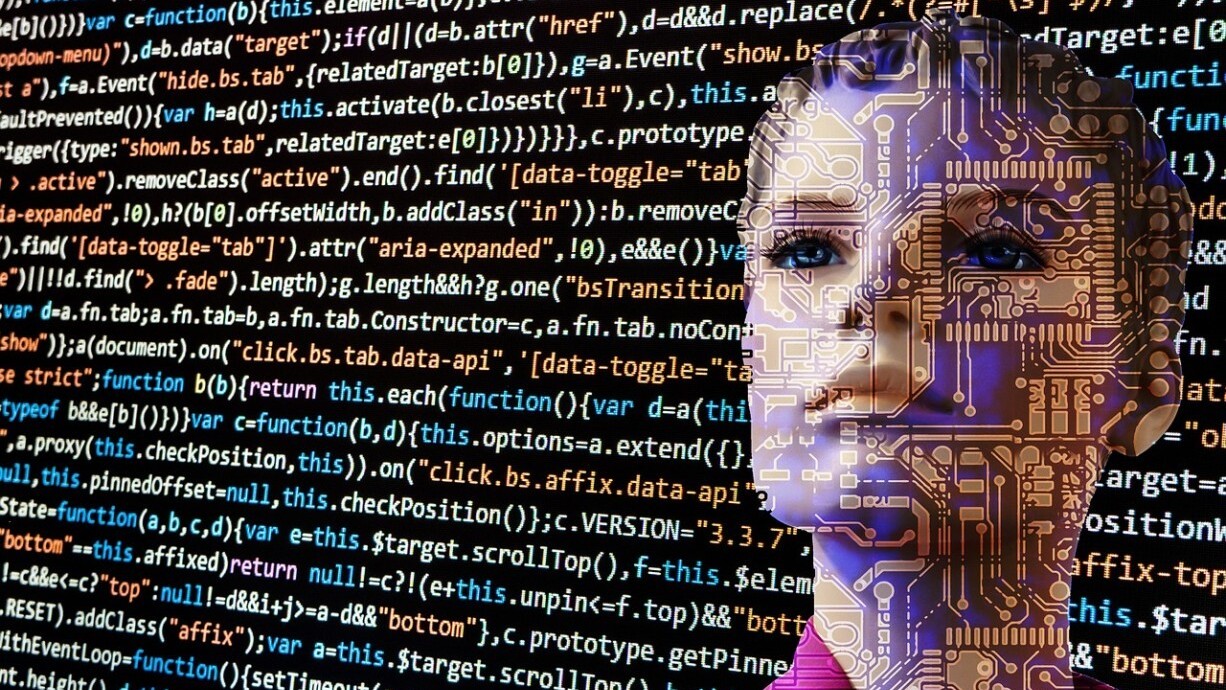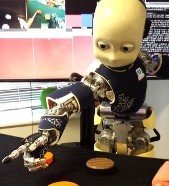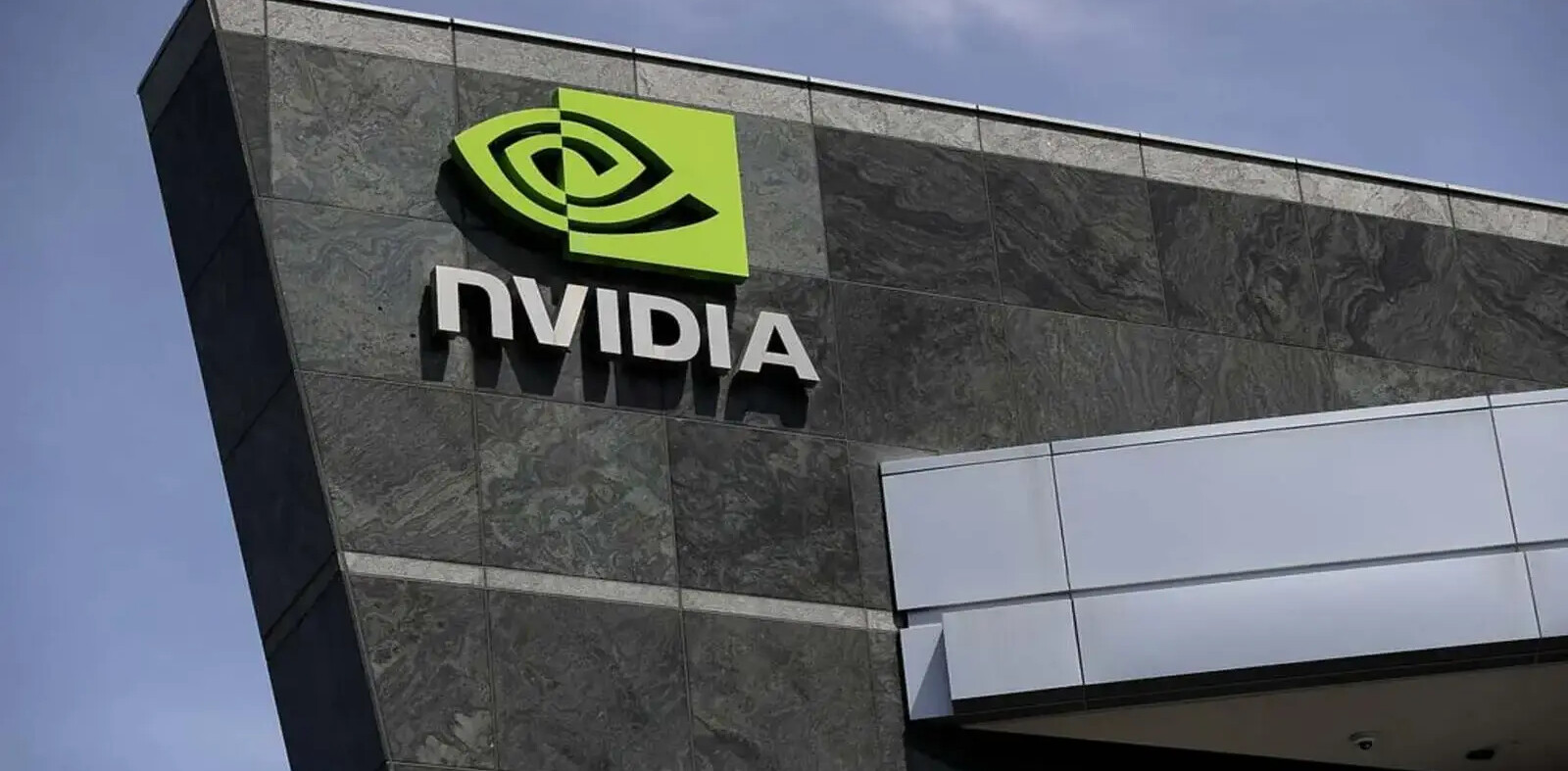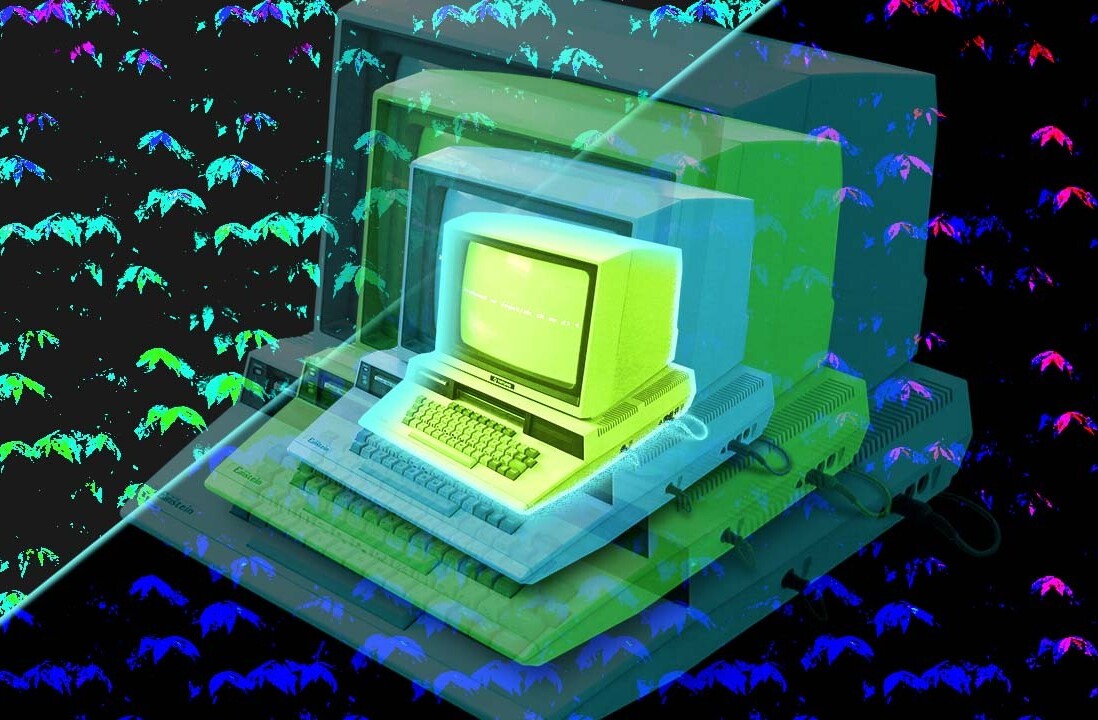
In a few years time the Droids from Star Wars are going to seem like relics. Today’s robots might be better suited for sewing clothes and building cars, but tomorrow’s could be as indispensable and ubiquitous as our smartphones are.
A group of researchers in Europe recently published a white paper unveiling their experiments in teaching robots to anticipate human movements. The team’s work, to create “robots that can predict human actions and intent, and understand human non-verbal cues,” could pave the way for innumerable advances in the field.
The researchers focused on combining previous research teaching AI to understand human gaze and pose, both of which are crucial for robots to understand in order for them to work with humans.
According to the team:
Situations where fast cooperation is essential, for example cooperative assembly, require the understanding of subtle non-verbal cues about the human intention and future action. In these scenarios it is not enough to merely recognize the current action. Instead, it is fundamental to predict actions and anticipate the intent in order to guarantee seamless cooperation.
Using black box AI in the form of a recurrent neural network (RNN), the machines learn to determine the “intent” of a person based on where they’re looking (gaze) and the pose of their body. Whenever it gets things right, it transfers its newfound “knowledge” through the various layers in its RNN where the data is then normalized.

These machines learn to predict what humans will do next by guessing. If given a limited amount of tasks, these machines could become incredibly accurate in a relatively short amount of time.
According to the paper:
We assume a leader-follower paradigm where the robot chooses his action as a function of the possible next human actions and the humans actions are not influenced by the robots action choice.
It would be incredible if we had robots that could seamlessly zip in and out of our lives as we work and play. With finely tuned AI these machines could move among us, without causing the slightest disturbance, able to deal with our mercurial human nature by predicting what we’ll do next instead of reacting.
Of course, if you believe Elon Musk, we’re just a few years away from machines that can move faster than the human-eye.
This is nothing. In a few years, that bot will move so fast you’ll need a strobe light to see it. Sweet dreams… https://t.co/0MYNixQXMw
— Elon Musk (@elonmusk) November 26, 2017
Robots with super-speed and the ability to predict what you’ll do next? We can’t think of any reason that could be a bad idea.
Want to hear more about AI from the world’s leading experts? Join our Machine:Learners track at TNW Conference 2018. Check out info and get your tickets here.
Get the TNW newsletter
Get the most important tech news in your inbox each week.





